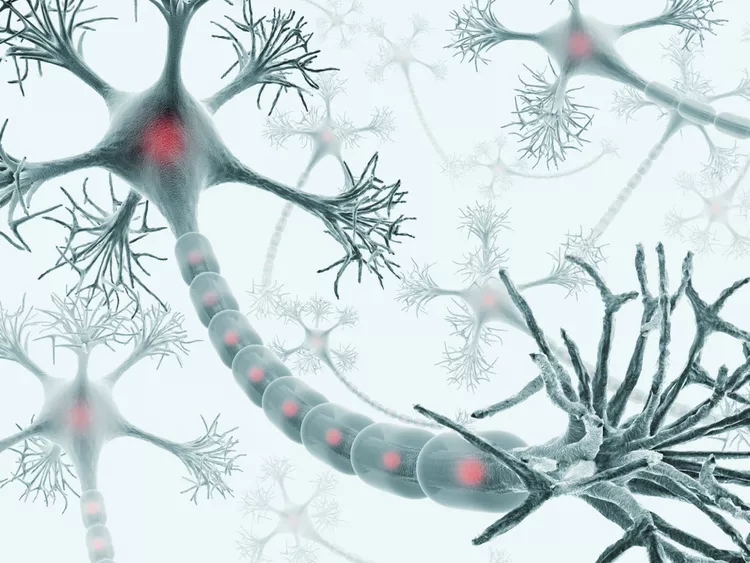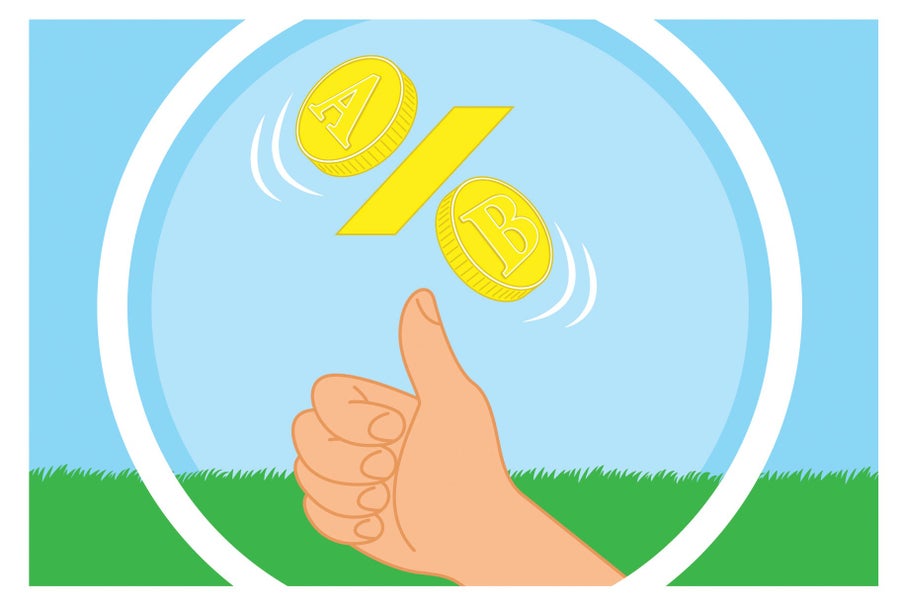The human brain has been called the most complex object in the known universe. With nearly 86 billion neurons, trillions of connections, and a capacity for memory, creativity, and imagination, it governs every aspect of our lives. From breathing and movement to love, art, and philosophy, the brain is the seat of human experience. Yet for much of history, it was a mystery. Ancient thinkers once believed the heart housed the mind, and the brain was merely a cooling device for the blood. Only in the past few centuries have scientists begun to unlock the true nature of this extraordinary organ.
Neuroscience—the study of the brain and nervous system—has advanced in leaps and bounds. Thanks to breakthroughs in technology, biology, psychology, and medicine, we now know more than ever about how the brain functions. These discoveries have transformed not only science but also medicine, technology, and even our understanding of ourselves as conscious beings.
In this article, we will journey through ten of the most important discoveries in neuroscience. Each one represents a turning point in our quest to understand the brain, reminding us how far we’ve come and how much more lies ahead.
1. The Discovery of Neurons
Perhaps the single most fundamental discovery in neuroscience was the realization that the brain is made up of individual cells called neurons. Before the 19th century, many scientists believed the brain was a continuous, unbroken network of tissue—a “reticulum” without discrete units.
That view changed thanks to Santiago Ramón y Cajal, a Spanish neuroscientist who used improved staining techniques (developed by Camillo Golgi) to examine brain tissue under the microscope. Cajal painstakingly drew what he saw: intricate, branching cells with long projections. His work revealed that the brain is not a seamless mass but rather a network of individual, specialized cells—neurons—that communicate across small gaps known as synapses.
This revelation, known as the Neuron Doctrine, became the foundation of modern neuroscience. Today, we know neurons come in many shapes and functions: sensory neurons detect the world, motor neurons control muscles, and interneurons process vast amounts of information in the brain. This discovery turned the brain into something we could study cell by cell, paving the way for all future neuroscience.
2. The Synapse and Chemical Communication
Discovering neurons was only the beginning. The next mystery was how these cells communicate. At first, scientists debated whether neurons passed signals electrically or chemically. The answer turned out to be: both.
In 1921, Otto Loewi conducted a now-famous experiment involving frog hearts. He showed that stimulating one heart released a chemical that, when transferred to another heart, caused it to slow down. That chemical was acetylcholine, the first known neurotransmitter. Loewi had discovered chemical synaptic transmission—the idea that neurons communicate by releasing chemicals across synapses.
This discovery opened an entirely new world: neurotransmitters like dopamine, serotonin, glutamate, and GABA. Each plays a role in thoughts, emotions, learning, and behavior. Disorders like depression, Parkinson’s disease, and schizophrenia are tied to imbalances in these chemicals. Medications that target neurotransmitters—antidepressants, antipsychotics, stimulants—are now pillars of modern medicine.
The discovery of synaptic communication transformed our understanding of the brain into a dynamic, chemical conversation, with billions of neurons talking simultaneously in a vast neural symphony.
3. Brain Plasticity
For centuries, scientists believed that once the brain matured, it was fixed and unchangeable. Damage was permanent, learning was limited, and the brain’s structure was thought to be rigid. But modern neuroscience has revealed the opposite: the brain is astonishingly adaptable.
This concept, known as neuroplasticity, shows that the brain can rewire itself throughout life. New connections can form, existing pathways can strengthen, and even damaged areas can be partially compensated for by other regions.
Evidence of plasticity comes from many sources: stroke survivors learning to regain lost abilities, musicians developing enhanced motor and auditory regions, and children who recover brain function after injuries that would devastate adults. Even everyday learning—such as mastering a language or skill—reshapes neural connections.
Today, neuroplasticity is not just a scientific concept but also a source of hope. It drives therapies for brain injury, guides educational strategies, and informs our understanding of lifelong learning. The brain, far from being static, is a living, evolving organ that reshapes itself in response to experience.
4. The Localization of Brain Function
One of the most important breakthroughs in neuroscience was the discovery that different parts of the brain perform different tasks—a concept known as localization of function.
In the 19th century, doctors noticed that injuries to specific brain areas caused specific deficits. The most famous case is Phineas Gage, a railroad worker who survived an iron rod blasting through his skull. Though he lived, his personality changed dramatically, suggesting the frontal lobe is critical for decision-making and personality.
Around the same time, Paul Broca discovered that patients with damage to a region of the left frontal lobe had difficulty producing speech, now known as Broca’s area. Later, Carl Wernicke identified another region critical for understanding language.
Modern neuroscience, using brain imaging techniques like fMRI and PET scans, has mapped countless other functions: the occipital lobe for vision, the hippocampus for memory, the amygdala for fear, and so on. While the brain works as an integrated whole, localization remains one of the most important insights, guiding neurosurgery, rehabilitation, and cognitive science.
5. The Discovery of the Electrical Nature of the Brain
Another crucial turning point came when scientists realized that the brain communicates not only with chemicals but also with electricity.
In the 18th century, Luigi Galvani observed that frog muscles twitched when exposed to electrical currents, suggesting electricity plays a role in nerve function. Later, in the 20th century, researchers discovered the mechanism: the action potential.
Neurons maintain an electrical charge across their membranes. When stimulated, they fire an action potential—an electrical impulse that travels down the axon, triggering neurotransmitter release at the synapse. This is the basic unit of neural communication.
The discovery of action potentials, pioneered by scientists like Alan Hodgkin and Andrew Huxley, was monumental. It explained how signals travel rapidly across the nervous system, from sensing a touch to moving a muscle. Today, this knowledge powers technologies like EEG (electroencephalography), which records brain waves, and deep brain stimulation, which uses electrical impulses to treat disorders like Parkinson’s.
The realization that the brain runs on both chemical messengers and electrical impulses is one of the most elegant insights in science.
6. The Role of the Hippocampus in Memory
Memory is one of the brain’s most mysterious and cherished functions. For centuries, people speculated where memories are stored. The breakthrough came in the 1950s with the famous case of Henry Molaison (H.M.), a man who underwent surgery to treat severe epilepsy. Surgeons removed part of his hippocampus, after which H.M. could no longer form new long-term memories, though his short-term memory remained intact.
This case revealed the hippocampus as essential for forming new memories, particularly declarative memories (facts and events). Since then, neuroscience has shown that the hippocampus does not store memories permanently but acts as a hub, transferring them to other brain regions for long-term storage.
The discovery revolutionized our understanding of memory, showing it to be a dynamic process involving multiple regions. It also provided insights into disorders like Alzheimer’s disease, where the hippocampus is one of the first regions affected.
Without this discovery, our grasp of memory would remain clouded in mystery.
7. Neurotransmitters and Dopamine Pathways
While the discovery of neurotransmitters as a concept was groundbreaking, specific neurotransmitters like dopamine have proven central to understanding behavior, motivation, and disease.
Dopamine was first linked to movement when scientists found that patients with Parkinson’s disease had severely reduced dopamine in certain brain regions. Treatment with L-DOPA, a precursor to dopamine, could alleviate symptoms, marking a medical breakthrough.
But dopamine isn’t just about movement—it plays a huge role in reward and motivation. When we eat, fall in love, or achieve a goal, dopamine pathways light up, reinforcing behaviors. This system also underlies addiction, where drugs hijack dopamine circuits to create powerful cravings.
By mapping dopamine’s pathways, scientists uncovered a chemical basis for some of the most fundamental aspects of human experience: pleasure, motivation, and learning. This discovery has shaped psychiatry, neurology, and even our understanding of free will and decision-making.
8. The Split-Brain Experiments
One of the most fascinating discoveries in neuroscience came from studying patients who had undergone corpus callosotomy, a surgery severing the connection between the brain’s two hemispheres to treat epilepsy.
In the 1960s, Roger Sperry and Michael Gazzaniga studied these “split-brain” patients and found that the two hemispheres could function independently, each with specialized abilities. The left hemisphere was dominant for language, while the right specialized in spatial processing and nonverbal tasks.
This showed that the brain is not a single unified entity but a partnership between hemispheres, each contributing unique strengths. It also provided profound insights into consciousness, suggesting that “you” may not be one mind but a collaboration between two.
The split-brain studies earned Sperry a Nobel Prize and reshaped our understanding of lateralization in the brain.
9. Brain Imaging Technologies
Perhaps no single discovery has transformed neuroscience more in recent decades than the invention of brain imaging technologies.
Techniques like MRI (Magnetic Resonance Imaging), fMRI (functional MRI), and PET (Positron Emission Tomography) allow scientists to peer inside the living brain without surgery. For the first time, researchers could watch which brain areas activate when a person reads, solves problems, or feels emotions.
These technologies have revolutionized medicine by helping diagnose tumors, strokes, and neurodegenerative diseases. They’ve also deepened our understanding of consciousness, emotions, learning, and even creativity.
Brain imaging has moved neuroscience from post-mortem studies to living, dynamic exploration. It has turned the brain from a “black box” into a landscape we can map and study in real time.
10. The Discovery of Mirror Neurons
In the 1990s, neuroscientists in Italy studying monkeys noticed something remarkable: certain neurons fired not only when the monkey performed an action but also when it observed another monkey performing the same action. These were dubbed mirror neurons.
Mirror neurons opened new avenues in understanding empathy, imitation, and social learning. They may explain how we grasp others’ intentions, why we feel emotions when we see someone else suffer, and how culture and language spread.
Though still debated, the discovery of mirror neurons has transformed psychology, education, and even theories of autism. They remind us that the brain is not only an engine of thought but also a profoundly social organ, wired for connection.
Conclusion
The story of neuroscience is the story of humanity striving to understand itself. From the discovery of neurons to the mysteries of memory, from brain imaging to mirror neurons, each breakthrough has peeled back another layer of the brain’s secrets. These discoveries have given us medical miracles, deeper philosophical insights, and a new appreciation of the complexity of the human mind.
And yet, for all we’ve learned, the brain remains filled with mysteries. We still don’t fully understand consciousness, creativity, or how billions of neurons combine to create the unique experience of being alive. The ten discoveries we’ve explored are not endpoints but stepping stones—milestones on a journey that is far from complete.
As neuroscience advances, one thing is certain: every answer will spark new questions, and the quest to understand the brain will continue to inspire awe, wonder, and discovery for generations to come.






